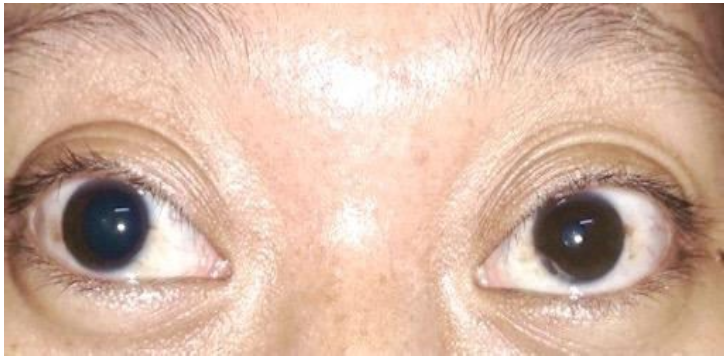OVERVIEW OF PATIENTS SCREENED FOR AND DIAGNOSED WITH ROP IN PEDIATRIC OPHTHALMOLOGY OUTPATIENT CLINIC BEFORE, DURING, AND AFTER THE COVID-19 PANDEMIC Poster Presentation - Observational Study - Ophthalmologist
Abstract
Introduction & Objectives : The COVID-19 pandemic has profoundly impacted healthcare systems worldwide, leading to significant changes in the delivery of medical services. Non-urgent ophthalmology visits were canceled. However, premature infants at risk of retinopathy of prematurity (ROP) require timely and in-person care to prevent vision loss. This study aims to report on the high-risk babies screened and diagnosed with ROP before, during, and after the COVID-19 pandemic
Methods : This is a descriptive study conducted on premature infants who visited the pediatric ophthalmology outpatient clinic at Cipto Mangunkusumo Hospital Jakarta between January 2019 and December 2022. Data was collected using medical records and presented using tables and charts
Results : A total of 368 babies were screened for ROP in 2019, and 75% were diagnosed with ROP. During the lockdown in 2020, the number of babies screened for ROP decreased to 286, and the incidence of ROP was 38.5%. In 2021 and 2022, ROP screening increased to 458 and 515 babies per year, respectively. After the COVID-19 pandemic subsided, ROP screenings increased significantly from 2020 to 2021. The number of babies screened in 2021 and 2022 was similar, but the incidence of ROP decreased from 45.4% in 2021 to 20.3% in 2022
Conclusion : This study highlights the impact of the COVID-19 pandemic on ROP screening and diagnosis in a pediatric ophthalmology outpatient clinic. After the COVID-19 pandemic, the number of babies screened for ROP increased due to the end of the lockdown
Full text article
References
(-)
Authors

This work is licensed under a Creative Commons Attribution-NonCommercial-ShareAlike 4.0 International License.



